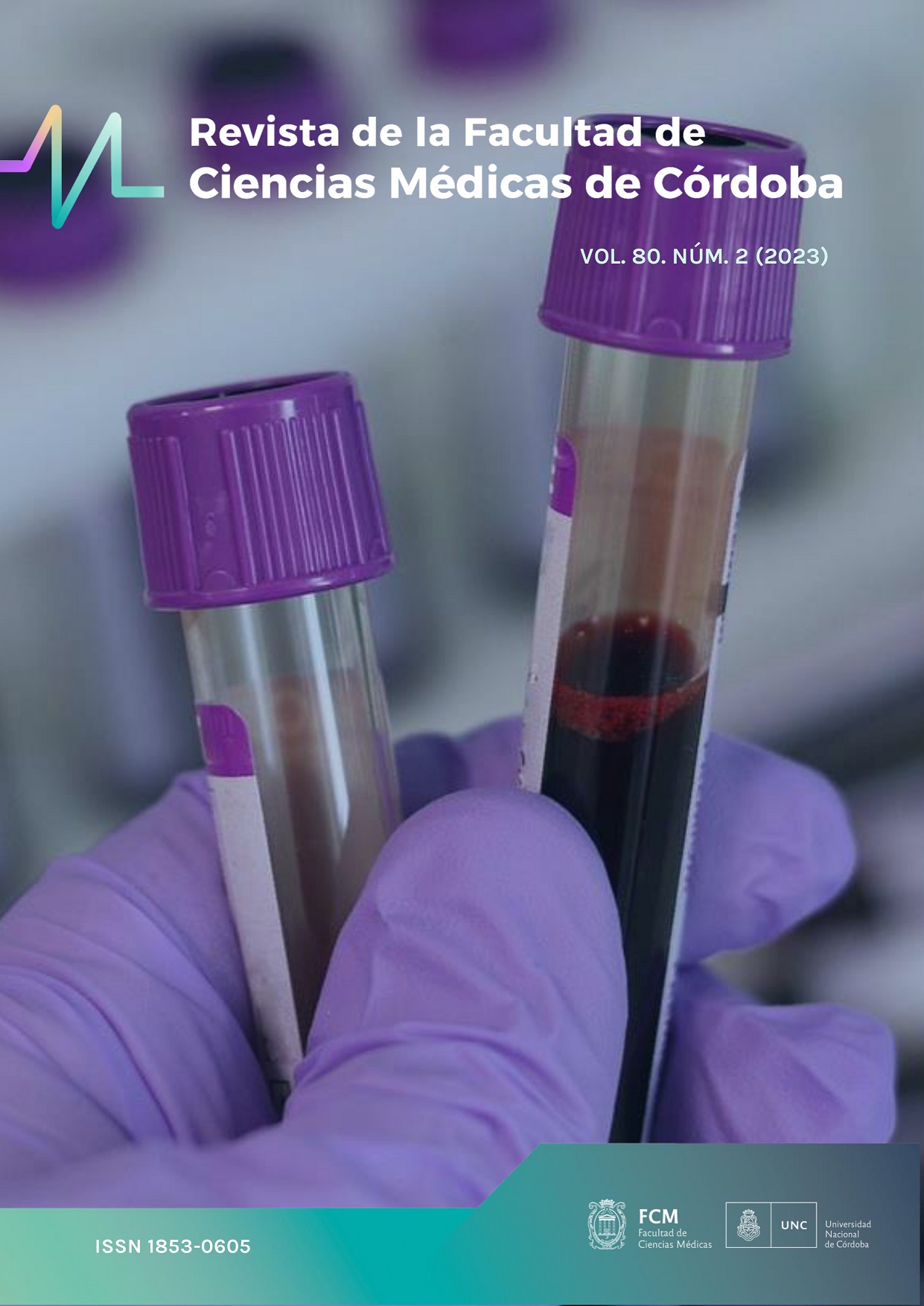Unusual presentation of breast cancer with retroperitoneal lymph node mestastases
Keywords:
Lymph Node Metastasis diagnosis, Breast cancer, Cancer of the Uterine CervixAbstract
Abstract:
Breast cancer is the most frequent malignant tumor in women. 64.7 new cases are diagnosed per 100,000 inhabitants per year in Argentina and it is estimated that one in eight women will develop the disease during her lifetime. In turn, one in five breast cancer patients may develop ovarian metastases. However, the possibility of developing retroperitoneal metastases is an extremely infrequent event and there are very few cases reported in the scientific literature.
We report a very unusual presentation of retroperitoneal lymph node metastases in a woman with a dual malignant pathology: breast and cervical uterine cancer. We discuss the importance of diagnosing the origin of the metastases in relation to the treatment.
A 52 years old woman with an invasive lobular carcinoma diagnosed in 2001, T2, hormone receptor-negative, and scintigraphic images consistent with multiple bone metastases (stage 4). Chemotherapy and breast and axillary radiation therapy is indicated with a complete clincal response. In 2006 an invasive cervical uterine cancer is diagnosed, stage EIb1, and treated with surgery: Werthein-Meigs operation. The pathology shows an invasive squamous cell carcinoma of the cervix and a moderately differentiated metastatic adenocarcinoma in both ovaries and iliac lymph nodes whose likely origin is mammarian. Immunohistochemistry of the adenocarcinoma revealed 50% positivity for estrogen and 60% for progesterone receptors. The patient is currently on tamoxifen treatment.
It is very important to determine the primary origin of metastases since the therapeutic management is radically different: radiation therapy for cervical cancer and tamoxifen for breast cancer. The finding of positive hormone receptors certified the mammary origin of the metastases. But sometimes receptors are not expressed and negative results do not rule out breast origin. From our analysis two questions arise: 1) Why the primary breast tumor did not express hormone receptors while its metastases did? 2) Was the metastatic pathway to the retroperitoneal nodes direct from the breast cancer or secondary through ovarian metastases?
Downloads
References
.
Published
Issue
Section
License

This work is licensed under a Creative Commons Attribution-NonCommercial 4.0 International License.
The generation of derivative works is allowed as long as it is not done for commercial purposes. The original work may not be used for commercial purposes.












